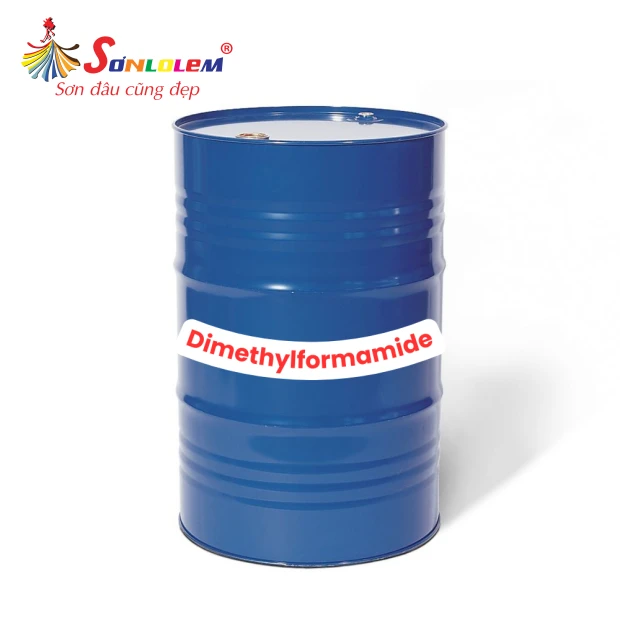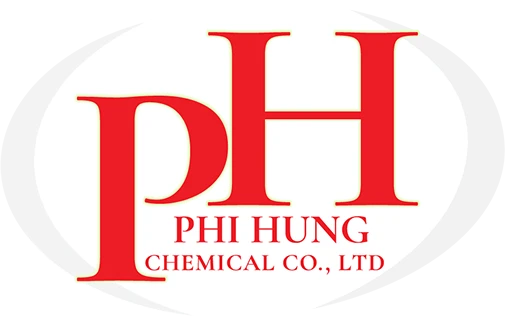

Product information:
What is Dimethylformamide (DMF)?
Dimethylformamide (DMF) is a polar solvent that is water-soluble, slow-evaporating, and has a high boiling point. It is highly effective at dissolving gases, inorganic compounds, and organic substances due to its high dielectric constant.
Properties of Dimethylformamide (DMF)
| Property | Value |
|---|---|
| Chemical Formula | C₃H₇NO |
| Molecular Weight | 73.09 g/mol |
| Appearance | Colorless liquid |
| Density | 0.944 g/cm³ |
| Melting Point | -61°C |
| Boiling Point | 153°C |
| Solubility in Water | Completely soluble |
| Vapor Pressure | 0.3 kPa (at 20°C) |
| Viscosity | 0.92 cP (at 20°C) |
DMF remains stable under normal conditions but can hydrolyze in the presence of acids or bases, forming formic acid and dimethylamine.
Solubility Characteristics
DMF has a strong dissolving capability due to its polar nature and hydrogen bonding ability. It dissolves in:
- Water
- Alcohols
- Ethers
- Ketones
- Esters
- Aromatic hydrocarbons
- Heterocyclic compounds
- Cellulose and various polymers
This makes DMF a critical solvent in many industrial applications.
Applications of Dimethylformamide (DMF)
1. Solvent in the Plastic Industry
- Used in the production of polyacrylonitrile fibers.
- DMF dissolves polyacrylonitrile to form a spinning solution.
- Due to its low boiling point, it can be recovered, purified, and reused.
- Impurities in DMF, such as formic acid, can affect the viscosity and quality of the final fibers.
2. Solvent for Polyurethane (PU) Coatings
- Used to dissolve PU resins for coating applications.
- In PU film production, DMF is used as a coagulation agent.
3. Solvent for Nylon Coatings
- Enhances elasticity and flexibility of nylon-based paints.
4. Electrical Insulation Varnishes
- DMF is widely used in polyamide and PU-based insulating varnishes.
- These varnishes provide heat resistance and corrosion protection.
5. Gas Purification
- DMF efficiently removes acetylene from ethylene gas mixtures.
- Used in butadiene purification.
- Removes HCl, H₂S, and SO₂ from industrial gas streams.
6. Extraction Solvent
- Used to extract aromatic hydrocarbons.
- Applied in organic compound separation and purification.
7. Electrolyte Solvent
- Due to its high dielectric constant, DMF is an ideal solvent for salts.
- Maintains a low-viscosity solution, which is critical in electrolytic applications.
Other Industrial Uses
- Acrylic Fiber & Plastic Production: A critical raw material in synthetic fiber manufacturing.
- Pharmaceuticals: Used in peptide synthesis and drug formulation.
- Pesticides: Key solvent in pesticide production.
- Adhesives & Coatings: Used in leather processing, synthetic fiber coatings, and painting applications.
- Organic Synthesis: A reagent in Bouveault aldehyde synthesis and the Vilsmeier-Haack reaction.
- Catalyst in Acylation Reactions: Helps synthesize acyl halides from carboxylic acids.
- Paint Stripping: DMF penetrates plastics and causes swelling, making it effective for paint removal.
- Olefin Recovery: Used in the distillation of 1,3-butadiene.
- Dye Production: A solvent in solvent dyes manufacturing.
- Acetylene Storage: Acetylene is dissolved in DMF to safely store in metal cylinders, preventing explosions.
Safety Precautions for Using DMF
- Health Hazards:
- Prolonged exposure can cause liver and kidney damage.
- Skin contact may lead to irritation or dermatitis.
- Inhalation can cause dizziness, nausea, and respiratory distress.
- Avoid ingestion, as it may cause gastrointestinal issues.
- Fire & Explosion Risks:
- Although not highly flammable, DMF can ignite at high temperatures.
- Store away from oxidizing agents to prevent hazardous reactions.
- Storage & Handling:
- Store in airtight containers to prevent moisture absorption.
- Use protective gloves, goggles, and ventilated environments when handling.
- Ensure proper disposal to minimize environmental contamination.
Conclusion
DMF is a versatile and essential solvent used across industries such as plastics, pharmaceuticals, coatings, and chemical processing. However, proper handling and safety measures must be followed to avoid health and environmental risks.


 Tiếng Việt
Tiếng Việt